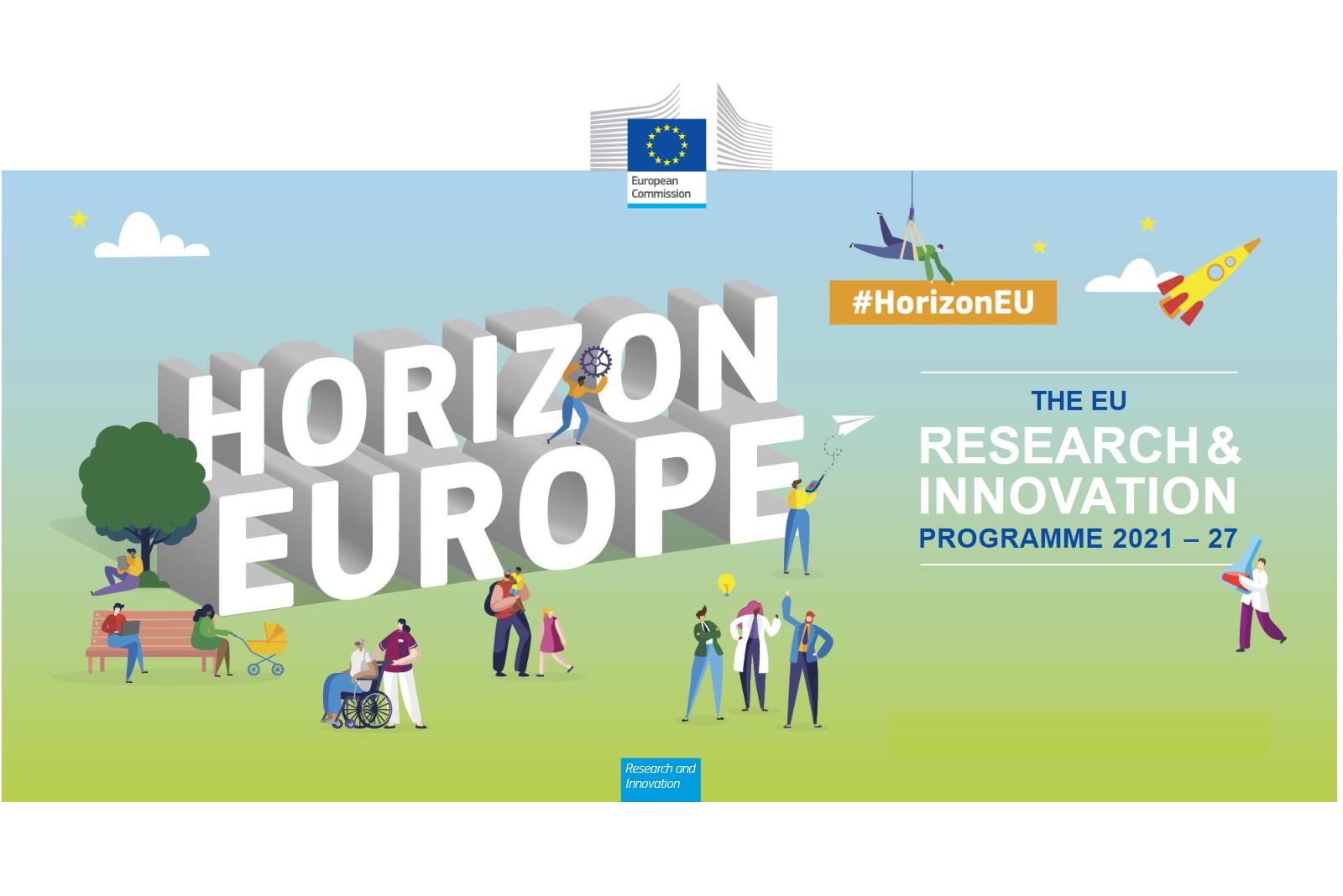
With the increasing digitalisation of road transport, CCAM solutions have the potential to deliver an improved quality of life, by increasing safety and providing more sustainable and inclusive mobility solutions. However, for these solutions to be successful, a comprehensive understanding of all effects of CCAM on individuals, society and the environment over time is needed. Moreover, the successful deployment of CCAM solutions will depend on their availability and accessibility to future users, including the deploying organisations, as well as on the willingness of the general public to use and accept future CCAM solutions.
This topic requires the effective contribution of SSH disciplines and the involvement of SSH experts, institutions, as well as the inclusion of relevant SSH expertise, in order to produce meaningful and significant effects enhancing the societal impact of the related research activities.To make sure that the proposed actions reflect the realities of a society with changing mobility, digital and environmental needs, participatory processes with a wide and diverse range of future user groups, civil society organisations, citizens, experts, deployers and decision makers at various levels are strongly encouraged. The resulting methods and tools should therefore be designed and developed in a co-creation manner between authorities, municipalities and citizens, as well as CCAM developers and manufacturers. To this end, it is recommended to develop solutions that are grounded in social innovation.
Actions must address the activities either under area A) Analysis of socio-economic and environmental impacts of CCAM systems and services OR under area B) Assessment of societal, citizen and user aspects for needs-based CCAM solution development and deployment.
Area A: Analysis of socio-economic and environmental impacts of CCAM systems and services.
The analysis of CCAM benefits and risks are, or have been, addressed in R&I projects, which resulted in the creation of several impact assessment frameworks and decision support tools. However, these are not sufficiently comprehensive and lack a higher-level systems approach to fully understand and assess the short, medium and long-term risks of CCAM solutions on societal and environmental aspects. The impact level of existing assessment tools varies: the analysis of accident risk of automated vehicles has been considered extensively, while the understanding of wider health and equity effects on users’ mobility experience is much less mature.
Actions will enhance existing methods/frameworks or develop new, broader, more comprehensive and inclusive methods for the assessment of how CCAM solutions, systems and services impact mobility and wider socio-economic and environmental aspects to ensure that the design of CCAM solutions are tailored to evolving mobility and environmental needs.
The proposed actions should include all the following aspects:
- Develop comprehensive impact assessment methods that cover the full range of effects of CCAM systems and services by taking a systems perspective that includes e.g. effects on jobs, health, inclusiveness, environment.
- For these methods, existing KPIs should be reviewed and updated if needed. In addition, new KPIs need to be developed, to capture aspects like equity in terms of access to mobility, or sustainability. User expectations towards e.g. comfort, perceived safety, necessary digital skills and access to information should also be addressed with qualitative assessments (e.g. observations, surveys, interviews).
- Ensure practical usefulness of these methods by addressing regional specifics within Europe, as well as the evolving needs and dynamics of a society in transition towards more sustainable and shared mobility for both people and goods.
- Cover under-researched fields in terms of impact assessment of CCAM solutions, such as the inclusion of underserviced or socio-economically challenged geographical areas and specific population groups.
Area B: Assessment of societal, citizen and user aspects for needs-based CCAM solution development and deployment.
The assessment of societal, citizen and user aspects of CCAM has been addressed in a number of Horizon 2020 projects, typically focusing on the acceptance of automated vehicles by drivers and the public, driver needs and trust, and ways to increase driver performance. Yet the assessment of CCAM solutions in terms of inclusiveness, equity and accessibility is lacking in most R&I projects, and rarely goes beyond considering gender, disability and age. While these categories need sustained attention, persons with different income levels, different digital experiences, literacy and access, as well as people living in rural or peri-urban areas, are examples of user groups that also need to be included in these assessment criteria so that extensive analyses of user needs and expectations can be carried out.
The aim is to proactively consider all user groups and societal objectives in the design and development phases of CCAM solutions.
The proposed actions should include all the following aspects:
- Develop and apply a systems approach for better understanding and considering user and societal needs, desires and expectations related to CCAM solutions, systems and services. A broad understanding of “users” is to be applied, including persons, public institutions such as hospitals and schools, organisations and businesses.
- Analyse equity aspects related to the deployment of CCAM solutions in terms of e.g. income level and solutions for deprived or underserviced areas, digital access, covering personal mobility as well as provision of supplies and necessities to end users.
- Map the broad range of concerns and expectations concerning CCAM involving a variety of stakeholders (including citizens, communities, transport service providers, professional drivers, road transport operators, road authorities, vehicle and other industry) and disciplines, including SSH (social sciences and humanities) to invest in social innovation that can complement the deployment of needs-based CCAM solutions.
- Define methodologies and mechanisms to communicate with future users/ citizens about CCAM aspects related to trust, ethics and acceptance.
- Develop tools that foster capacity building on CCAM among planners and decision makers to enhance their ability to influence solution design and development.
- Provide guidance on how to align overarching long-term policy goals and societal ambitions with user needs.
In order to achieve the expected outcomes, international cooperation is advised for all projects of topic (addressing either area A or area B), in particular with projects or partners from the US, Japan, Canada, South Korea, Singapore, Australia.

